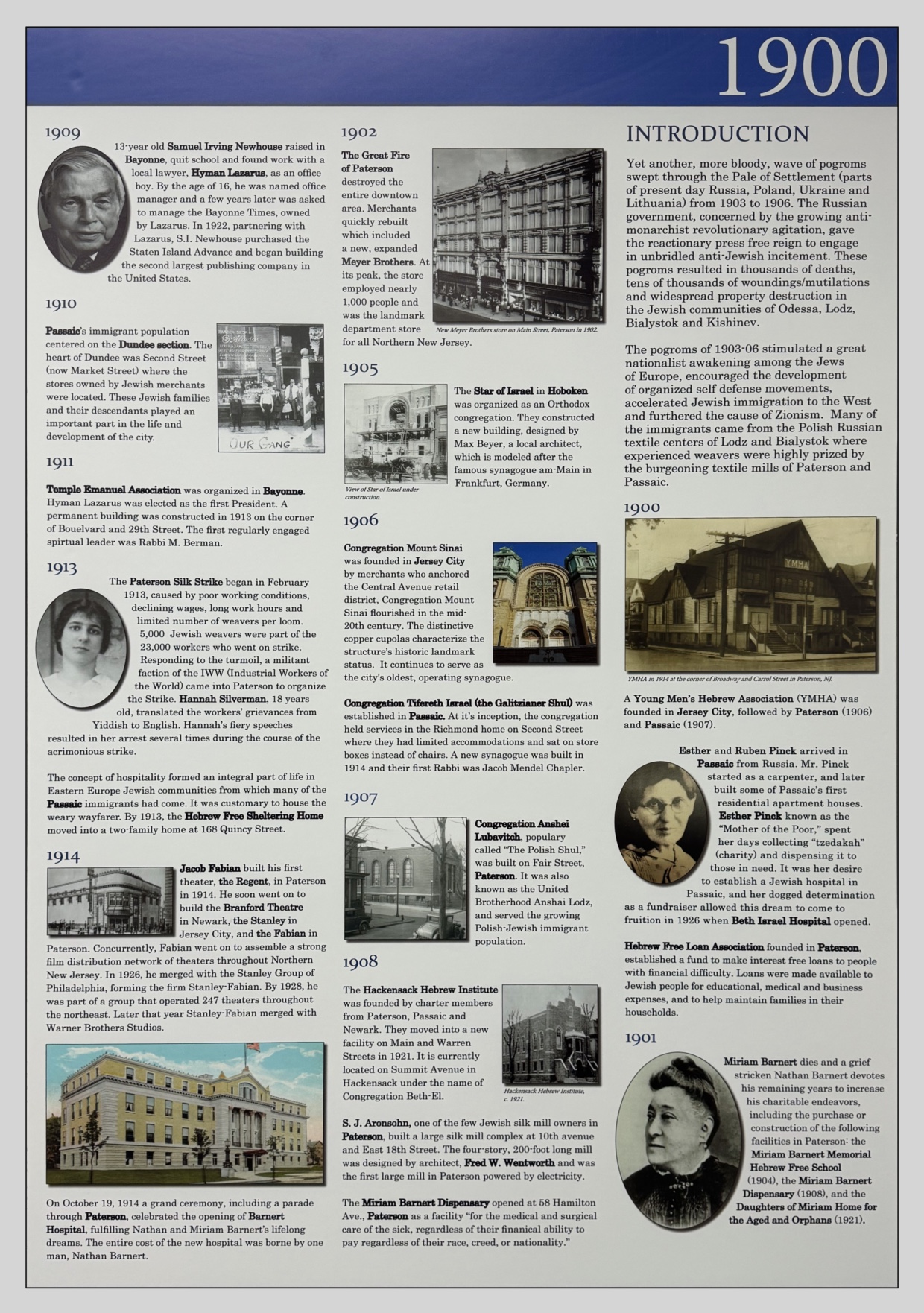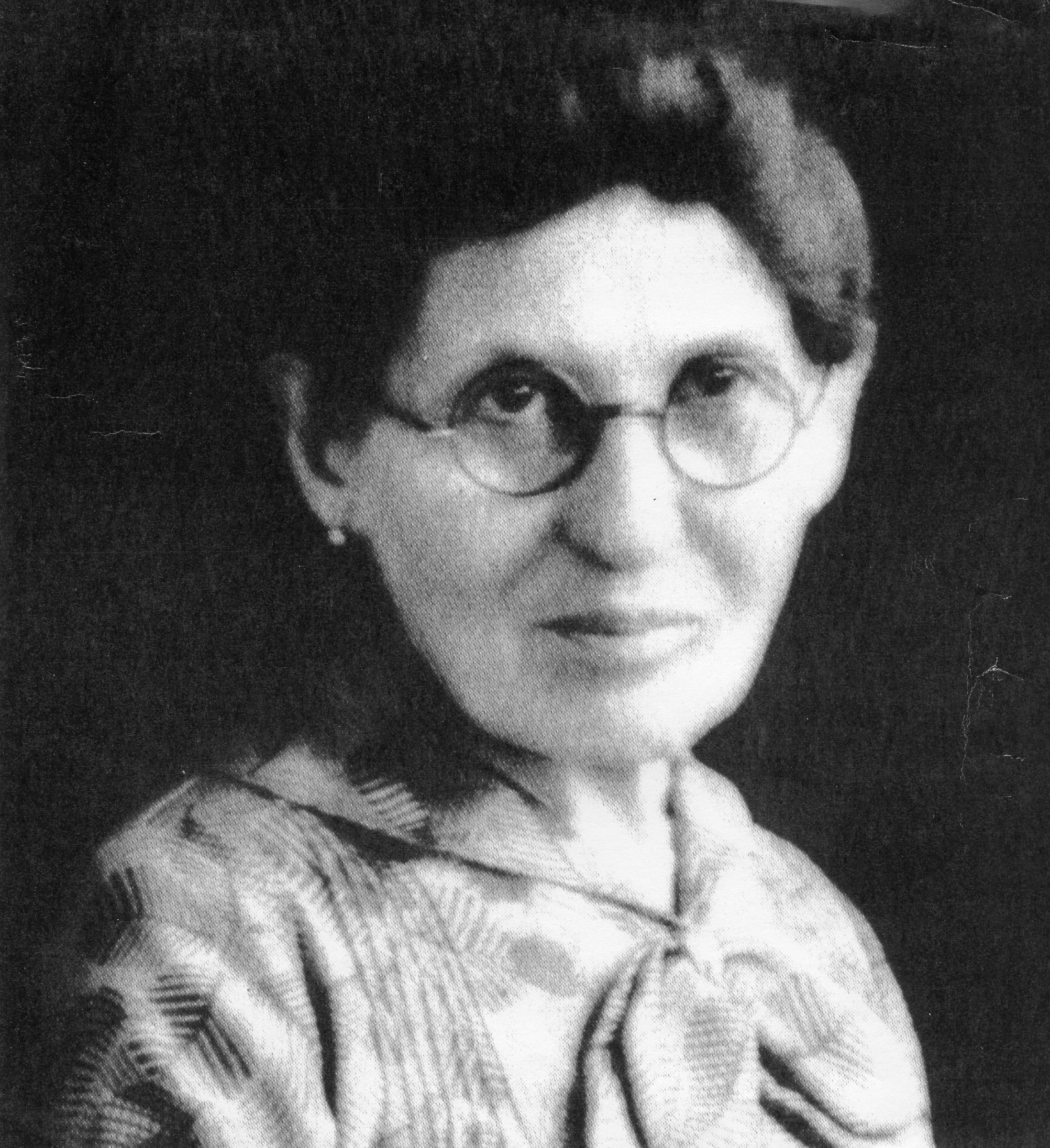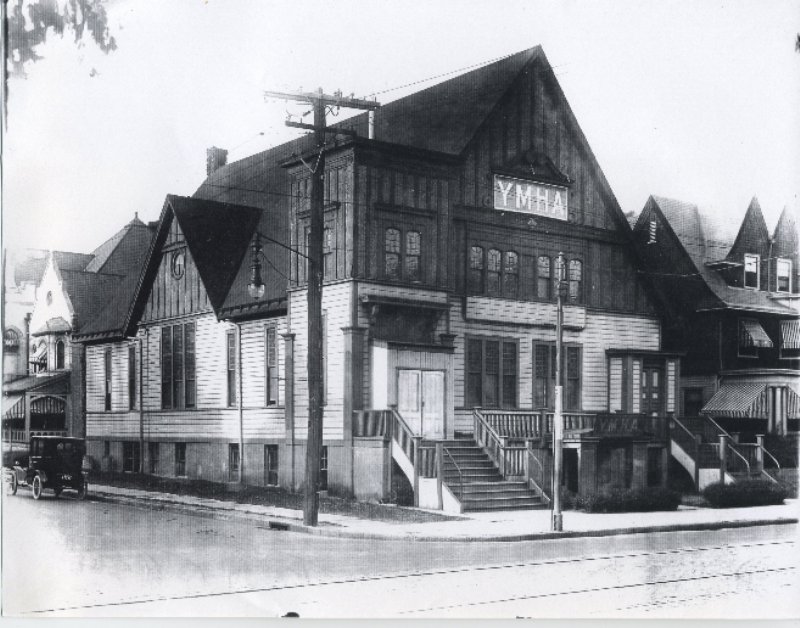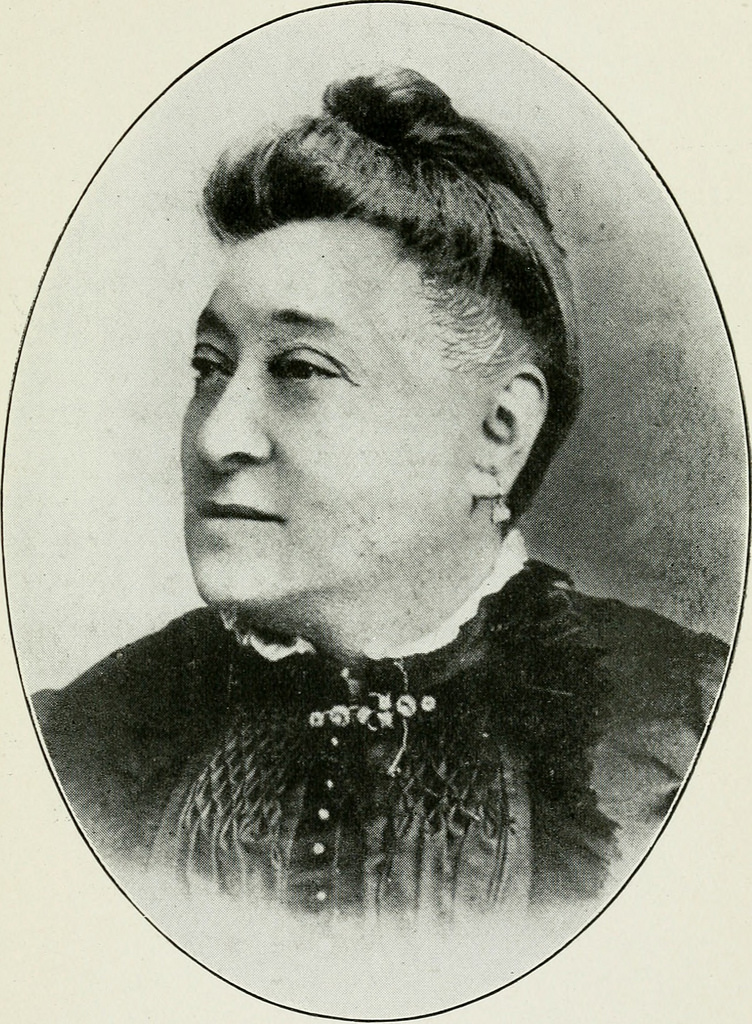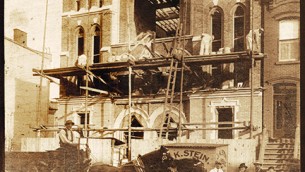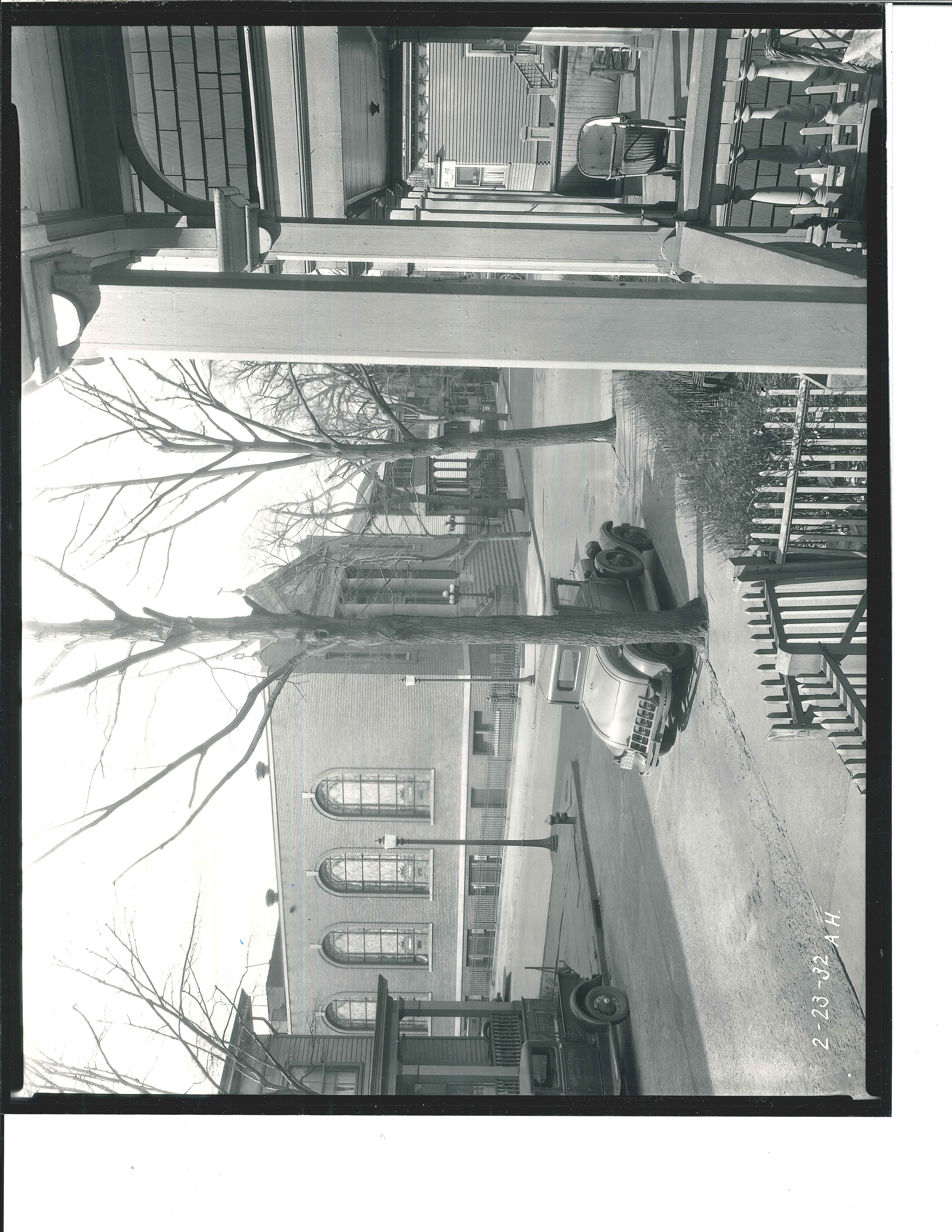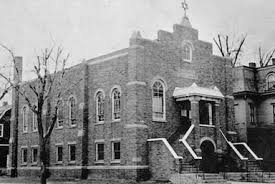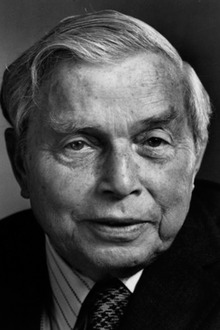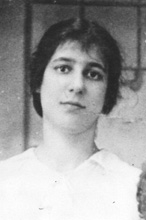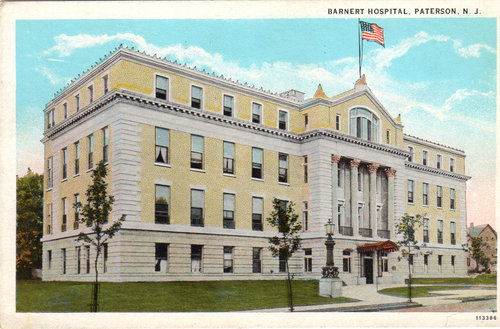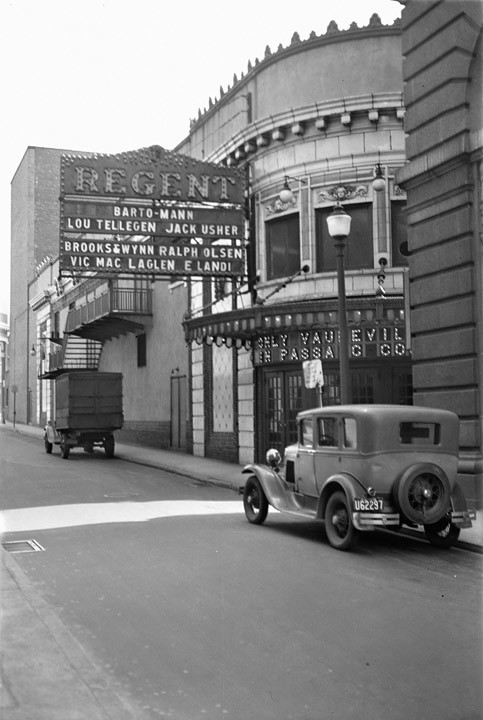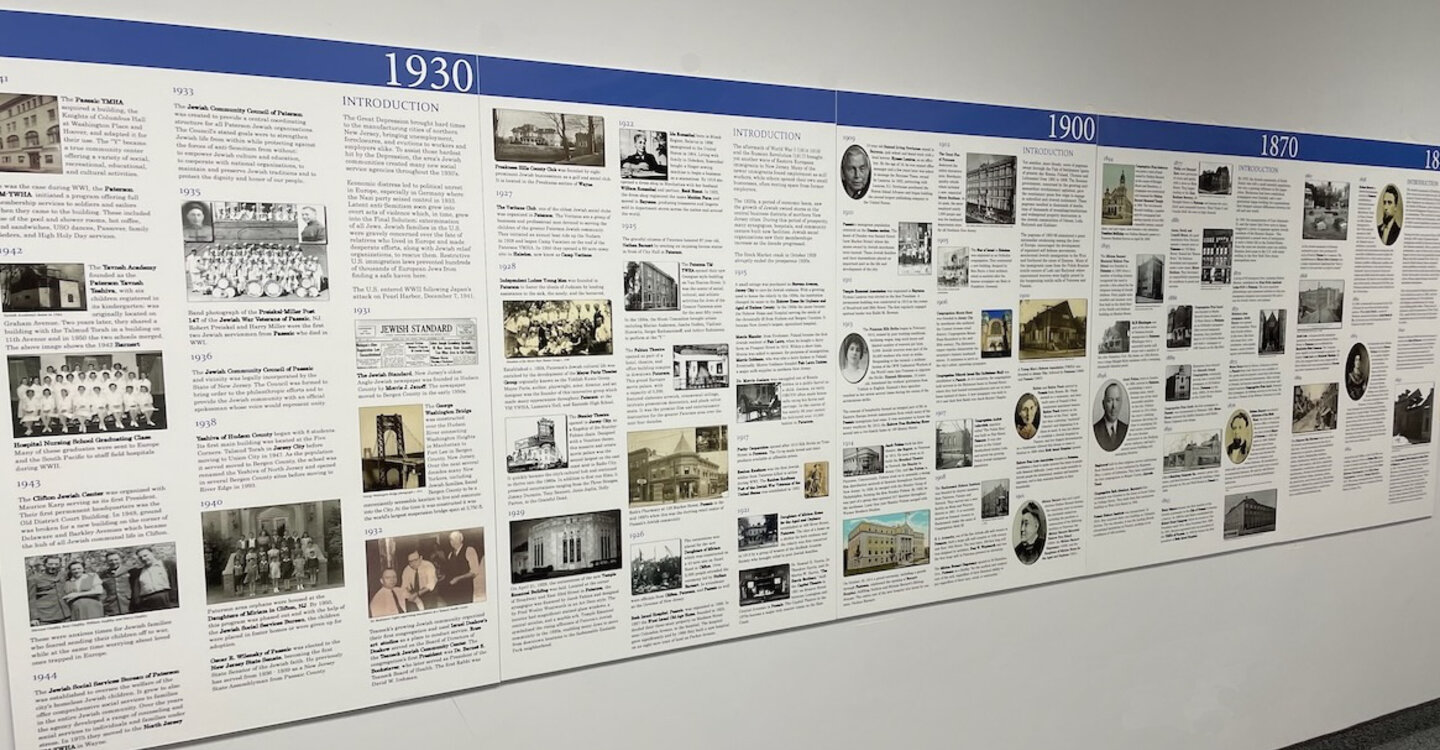
Timeline of the Jewish Community of Northern New Jersey
1900 - 1910's
Yet another, more bloody, wave of pogroms swept through the Pale of Settlement (parts of present-day Russia, Poland, Ukraine and Lithuania) from 1903 to 1906. The Russian government, concerned by the growing anti-monarchist revolutionary agitation, gave the reactionary press free reign to engage in unbridled anti-Jewish incitement. These pogroms resulted in thousands of deaths, tens of thousands of woundings/mutilations and widespread property destruction in the Jewish communities of Odessa, Lodz, Bialystok and Kishinev.
The pogroms of 1903-06 stimulated a great nationalist awakening among the Jews of Europe, encouraged the development of organized self-defense movements, accelerated Jewish immigration to the West and furthered the cause of Zionism. Many of the immigrants came from the Polish Russian textile centers of Lodz and Bialystok where experienced weavers were highly prized by the burgeoning textile mills of Paterson and Passaic.
